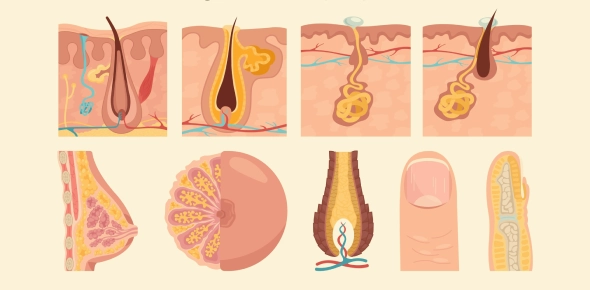Tissue And Integumentary System A&p1: Exam 3
- AP
- MCAT
2.
You may optionally provide this to label your report, leaderboard, or certificate.
×
Thank you for your feedback!
















